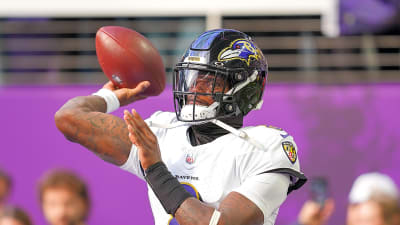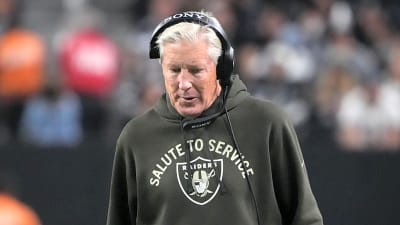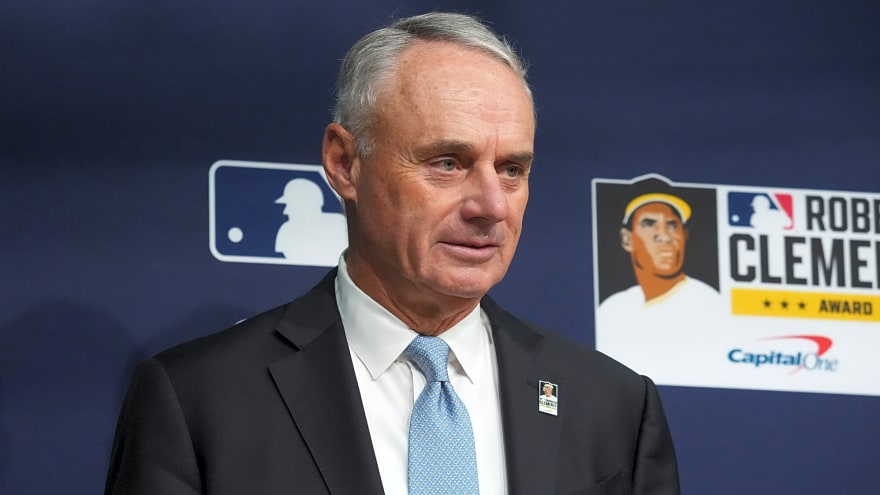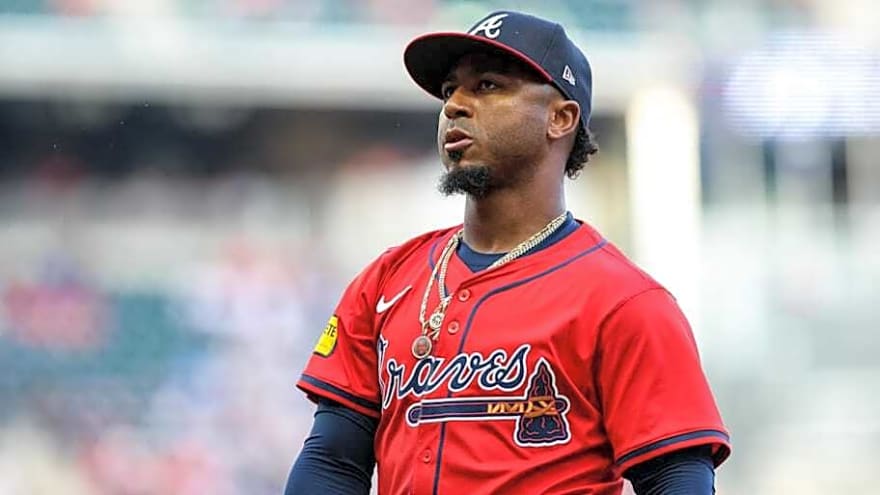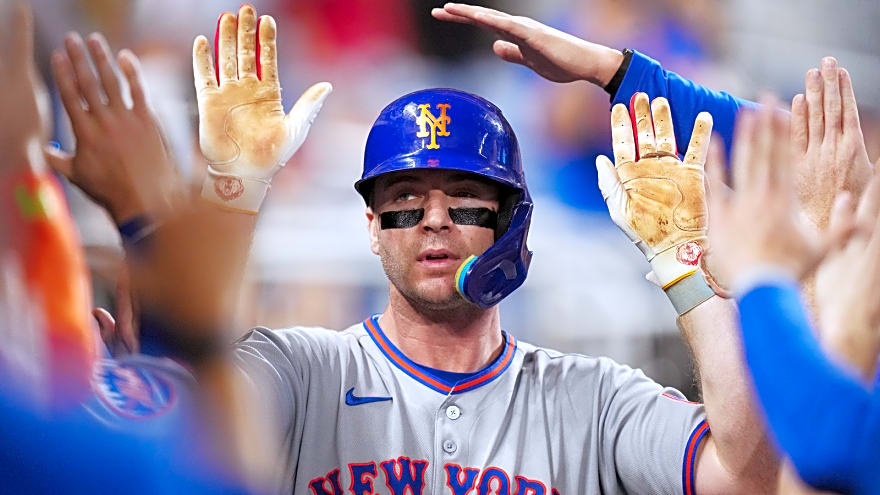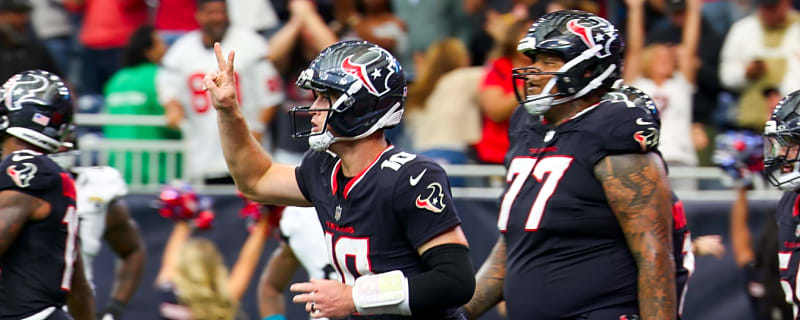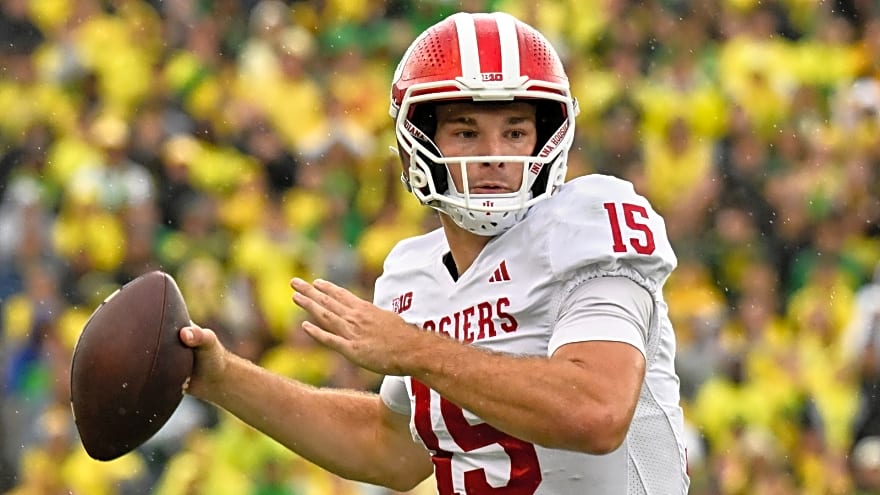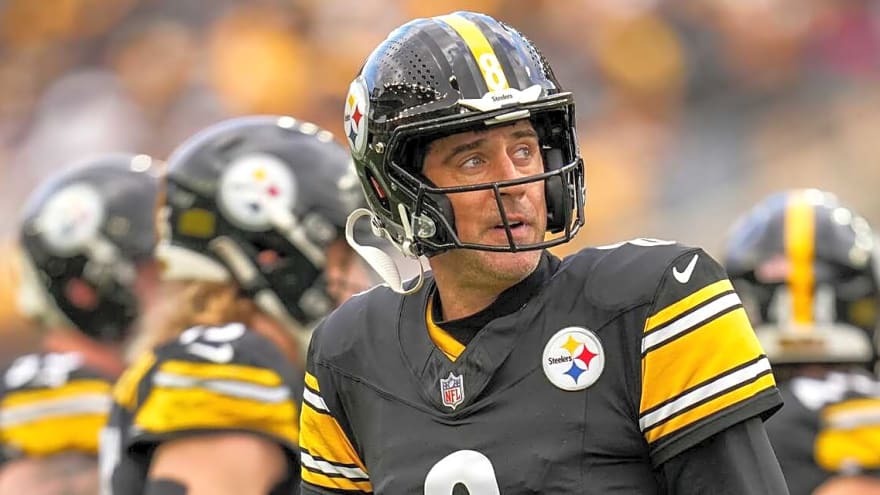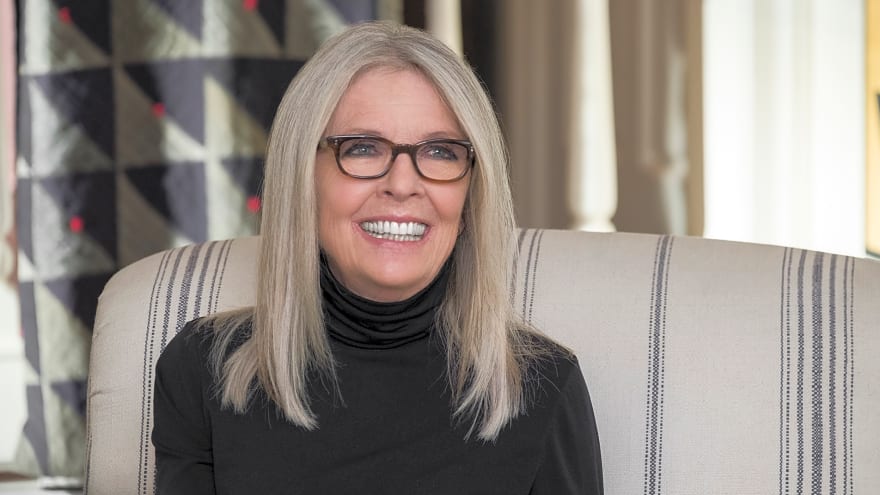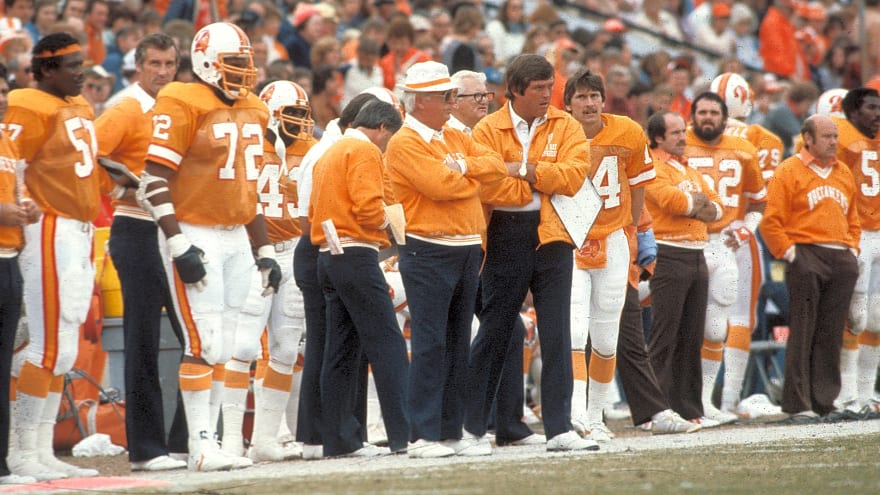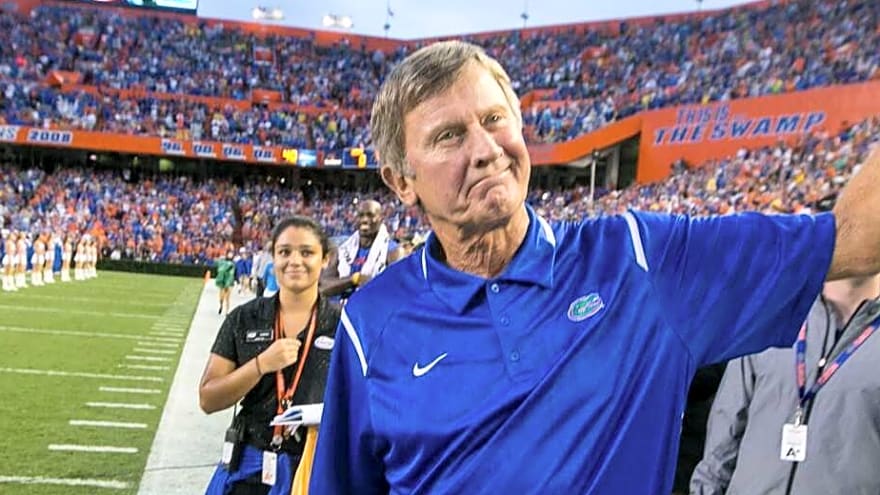
The Toronto Blue Jays made a transaction!
No, it’s not that they’ve signed Pete Alonso or any other player. Instead, they traded left-handed reliever Brandon Eisert to the Tampa Bay Rays for cash considerations. Eisert was recently designated for assignment to make room for Anthony Santander.
OFFICIAL: We’ve traded LHP Brandon Eisert to the Tampa Bay Rays in exchange for cash considerations. pic.twitter.com/zzGkR92fCc
— Toronto Blue Jays (@BlueJays) January 23, 2025
Eisert was selected in the 18th round of the 2019 draft, making his professional debut in 2021. With the Single-A Dunedin Blue Jays, High-A Vancouver Canadians, and the Double-A New Hampshire Fisher Cats, Eisert finished the season with a 3.55 ERA and a 3.30 FIP. Moreover, the soft-tossing lefty had a 30.3 K% and a 7 BB% while spending the majority of his season with the Canadians.
In 2022, Eisert got the call to pitch with the Triple-A Buffalo Bisons where he had good numbers, posting a 3.41 ERA and a 3.57 FIP in 60.2 innings pitched, with a 31 K% and a 6 BB%. With a minimum of 30 innings pitched, Eisert’s 25 K-BB% ranked fifth in the organization. Eisert pitched the entirety of the 2023 season with the Bisons, where he had a 4.17 ERA and a 4.20 FIP in 69 innings pitched, with a 26.2 K% and an 8.6 BB%.
The first appearance of Eisert’s 2024 went horribly, as he gave up seven earned runs in two-thirds of an inning pitched, giving him a 94.50 ERA. However, over the rest of the season, Eisert finished the season with a 2.72 ERA and a 3.59 FIP for a 29.8 K% and a 9.2 BB% in 54 innings pitched. As a whole, that one outing raised his season ERA to 3.86 while his FIP sat at 4.09.
Eisert had two separate stints with the Blue Jays, hence why he was added to the 40-man roster. Overall, he finished with a 4.05 ERA and a 4.37 FIP in 6.2 innings pitched, with a 7.7 K% and a 15.4 BB%.
Best of luck to the 27-year-old reliever and hopefully the Rays can help develop his career further.
More must-reads:
- New Angels pitcher Grayson Rodriguez reveals interesting health update after Orioles trade
- Raisel Iglesias spurned Dodgers to remain with Braves
- The 'NFL single-game completions leaders' quiz
Breaking News
Trending News
TODAY'S BEST
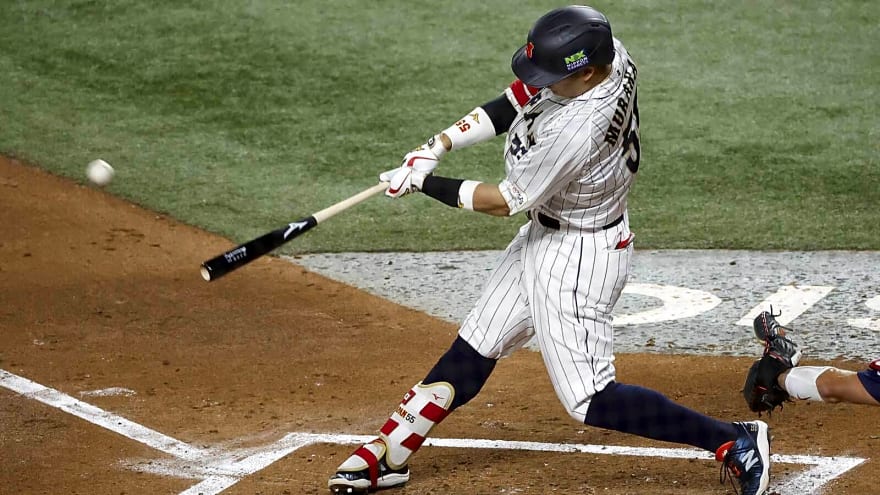
Yoshinobu Yamamoto grabs dinner with top Dodgers free agent target
With MLB free agency slowly but surely coming into shape, Los Angeles Dodgers fans have been scouring the rumor mill for the latest intel on who the next great superstar Andrew Frieman will land. Will it be Kyle Tucker, the current bell of the MLB ball? Or maybe Cody Bellinger, who might just be tired of watching his former teammates win World Series games without him? Well, if Yoshinobu Yamamoto’s recent social media activities are of any indication, it would appear Dodgers fans should keep a close eye on “Murakami-sama,” himself, Munetaka Murakami, as he looks to take his game from the NPB to MLB. Posing for a picture with the 25-year-old slugger while dining with Kenshiro Saito, Yamamoto had to know the interaction should make the rounds on social media and smiled for the camera all the same, setting off a firestorm among baseball fans that makes posting season all the more interesting. Standing 6-foot-2, 213 pounds, Murakami is a certified slugger the likes of which the NPB has seldom seen, leaving the league with 265 home runs on his resume. His 56 homers in 2022 broke a near-60-year record held by Sadaharu Oh, and even in 2025, a down year by his usual standards, he still hit 24 in just 69 total games. Though some question what position Murakami will play in MLB, be that his native third base, at first, or as a power-hitting DH, the Dodgers could easily platoon the 25-year-old with Max Muncy in 2026 and take over the spot in 2027, holding it down until Freddie Freeman rides off into the sunset a little further down the line. Now granted, just because Murakami and Yamamoto had dinner together doesn’t mean the former is a guaranteed lock to join the latter in Dodgers blue next spring. Another team could make a better offer, or Murakami could simply decide he wants to be a big fish in a small pond, instead of just another Japanese player on the Dodgers. And yet, for a player who came up watching Shohei Ohtani dominate in Japan and then America, why wouldn’t Murakami strongly consider teaming up with the “Unicorn,” Yamamoto, and Roki Sasaki to really make a proper go of things at a three-peat?
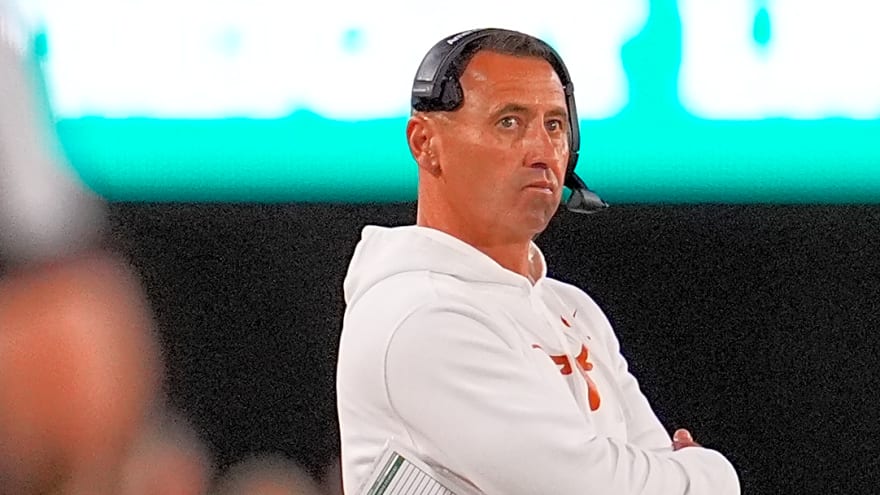
Texas HC Steve Sarkisian gives bold claim on job rumors
Texas Longhorns head coach Steve Sarkisian has been a popular name in both the NFL and college football coaching cycles. It makes sense, too. He's brought Texas back to being competitive and in the championship hunt, but he also has a wealth of great experience as an assistant in both college and the NFL. He's about as well-rounded a candidate as you'll find, so of course, programs like the Florida Gators, LSU Tigers or even the New York Giants may be interested to see if he's interested. The thing is, though, he's not. Or, at the very least, that's what he's telling the media. He's all-in with the Longhorns, according to comments he made on a recent SEC teleconference call. “I’d like to comment something before I get into our team that has been bothering me now over the past few weeks. That is people reporting that are insinuating that there’s a possibility I could leave the University of Texas, and that is absolutely false and untrue," Sarkisian said (h/t On3). "I’m not going anywhere. Never do I do this because I never want to be a distraction, so I never address these things. At this point, I feel like this is important that I do this because it’s important for our team. It’s important for our university." Steve Sarkisian has deep roots in Austin and is all-in with Texas As if that weren't clear enough, Sarkisian said that he has not had any discussions with anybody about coaching elsewhere. He even went as far as to say that even his agent hasn't spoken to anyone. Sometimes coaches can say publicly that they aren't talking about any opportunities while, in the meantime, their agents are working backchannels and putting something together. He could be lying, of course, because college football history is full of head coaches saying one thing and doing another. A full-throated statement like this seems to be a pretty clear indication that Sarkisian is serious about what he's saying, though. Heck, he went as far as calling Austin home, which is a pretty big deal for a coach to say. Those guys aren't used to staying in one place for too long. With that said, Sarkisian does have two kids actually enrolled at Texas, one on the football team. He has a third kid he wants to go to Texas in the near future. He also just had a baby. Sarkisian has roots in Austin. He also has high aspirations for the Longhorns. “We came here to win championships," he said. "We’ve built a damn good football program over the five years that we’ve been here. We’ve been to two College Football Playoffs. We won a Big 12 Championship. We went to the SEC Championship game in Year 1. We’ve had 23 players drafted the last two years, which is more than any other school in the country and our team GPA is at an all-time high. “Can we please stop putting things out there that you have absolutely zero evidence on? Can we please stop retweeting and putting it back out there as if it’s true? As if it’s the gospel? It is not true."

There's 'already chatter' Vikings could make Mac Jones call amid J.J. McCarthy's struggles
The ongoing struggles of second-year pro J.J. McCarthy have already sparked conversations among the NFL community about how the Minnesota Vikings might manage their quarterback situation next year. On Wednesday, NFL insider Mike Florio of Pro Football Talk shared an interesting update regarding the Vikings' plans beyond January. Why Mac Jones could be an option for the Vikings According to Florio, "there’s already chatter in some circles that" the Vikings will explore trading for San Francisco 49ers backup Mac Jones during the offseason. Jones signed a two-year deal with the 49ers in March and, per Sports Illustrated's Albert Breer, is under contract for $4.66M for the 2026 season. Breer also linked Jones with the Vikings. Jones went 5-3 across eight starts with the 49ers this season in place of QB1 Brock Purdy, who was dealing with a toe injury. Purdy inked a massive extension with the 49ers last offseason, and there's no indication he's in any danger of losing the starting job to Jones. Meanwhile, McCarthy has made just five career regular-season starts after he missed time this fall due to an ankle injury. The 2024 first-round draft pick spent his entire rookie campaign recovering from a full meniscus repair. According to Pro Football Reference, McCarthy heads into Week 12 ranked last in the NFL among qualified players with a 26.6 adjusted QBR, a 61.7 passer rating and a 52.9 percent completion percentage. He's 2-3 as a starter, while Minnesota is 4-6. Could history repeat itself for Vikings? Last year, Vikings head coach Kevin O’Connell repeatedly said that spending the 2023 season working with 49ers head coach and offensive guru Kyle Shanahan helped current Seattle Seahawks starting quarterback Sam Darnold experience a necessary career reset. With Darnold in the lineup, the 2024 Vikings finished 14-3 before losing in the wild-card round of the playoffs. Breer mentioned that the Vikings trading for Jones would "be a way to bring in competition for J.J. McCarthy and provide a layer of insurance at an affordable rate for a loaded roster, should McCarthy not ascend through the rest of this season." In short, it sounds like McCarthy will be playing for more than just wins from Sunday's game against the Green Bay Packers (6-3-1) through Week 18. As of Wednesday afternoon, ESPN BET had the Vikings as six-point underdogs against the Packers.

Wild Jalen Hurts stat shows he's not the problem with Eagles offense
The Philadelphia Eagles' offense has not been as explosive since Kevin Patullo took over as the new offensive coordinator. The play-calling has been pretty predictable, and, according to The Athletic's Dianna Russini, some players blame quarterback Jalen Hurts for it. "Multiple offensive players have grown frustrated with Jalen Hurts' approach this season, particularly against zone coverage," Russini reported. However, advanced stats indicate that the Eagles aren't maximizing the talents of the reigning Super Bowl MVP. Jalen Hurts has been elite in deep throws this season According to Pro Football Focus on X, Hurts has seven touchdowns, zero interceptions and an outstanding passer rating of 128.2 in throws over 20 yards this season. The Eagles keep running a very conservative offense, even though, per Sharp Football Stats, 10% of their pass plays (55) have been explosive. Explosive pass plays are those that result in a gain of at least 20 yards. Hurts has been absolutely elite in those situations, and with two speedy receivers like A.J. Brown and DeVonta Smith, this team should be taking more shots down the field. Although they aren't as dominant as last season, the Eagles are still 8-2 and at the top of the NFC East. They have all the resources needed to return to the Super Bowl, and anything less than another deep postseason run should be seen as a failure. Then again, the coaching staff needs to put the players in a position to succeed, and that includes letting them do what they do best.
Customize Your Newsletter
 +
+
Get the latest news and rumors, customized to your favorite sports and teams. Emailed daily. Always free!
